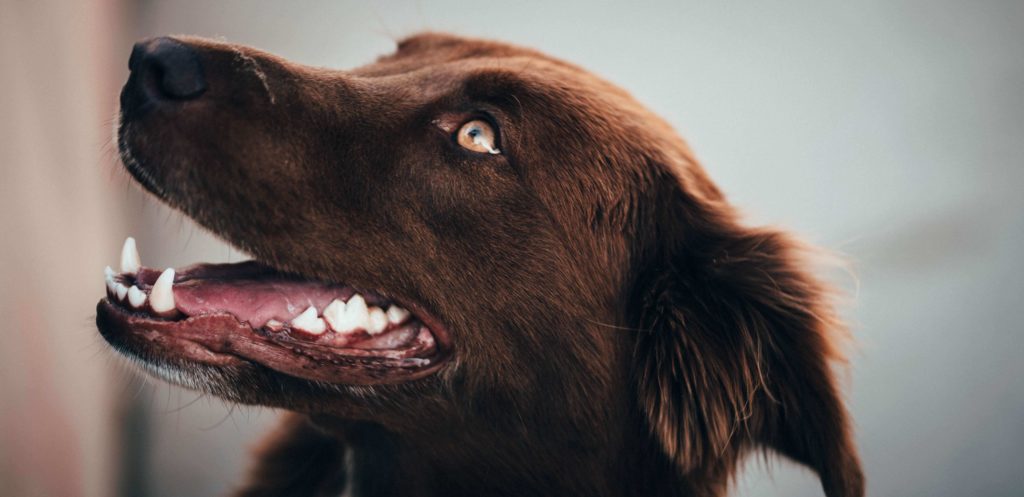
Home » Expert Tips On How To Determine Your Dog’s Age
If you own a dog, you must have tried to determine your dog’s age with some crazy formulas.
When you are a dog parent, ensuring and securing the best for them is always the top-most priority. However, just as age plays an important role in determining factors. Factors like the provided care, exposure, etc. for humans, similar is the case for canines.
Irrespective of whether you’ve rescued or adopted a pup or an older dog, knowing the right age enhances your ability for proper caring and acquiring the best for them. But then you might wonder, what is the right way to proceed? How to determine your dog’s age correctly?
Well, we have got it sorted for you. In order to determine how old your dog actually is, you need to watch out for signs. Such as fur colour, eyes, body shape, and teeth. You can also seek professional help or go for a DNA Test.
Nevertheless, let us explore the methods in detail:
One of the most reliable approaches to appraising a canine’s age, as per the studies of the Humane Society of the United States, is by analyzing their teeth. In the case of puppies, the age can be estimated by keeping a check on the growth of their chompers.
However as the dog matures, subtle changes can be observed in the dentition. To start with, it may show a bit of wear, with age. You may notice stains and plaque on the teeth directly at the rear of their mouth.

While you may face some difficulty precisely determining your canine’s birthday from their teeth. By checking out their pearly whites is a great method to limit it.
Just like humans, the body of the four-legged creatures also keeps changing even after maturity. Changes such as slow down in metabolism are prominent with age. The bustling energy takes a toll, gradually decreasing in its intensity. Visible changes in their muscle tone and the shape of their body can be observed.

With maturation in dogs, a cloudy blue film develops in the lens of their eyes, which is a sign of natural hardening of the lens as the dog ages, and this condition is known as lenticular sclerosis. While this doesn’t affect their vision too much, it is a good indicator that your dog is at least now in its middle-aged.
Having said that, it is also important to mention here that sometimes, dogs may develop cataracts with old age, which is difficult to differentiate from lenticular sclerosis.
So if your dog’s eyes are looking very cloudy or yellow in appearance, you should check with your vet to ensure that change isn’t affecting your pet’s sight or causing them discomfort and make sure it is not something more serious that needs to be treated.
In addition to changes in the visual senses, the auditory perception of dogs is also affected by age.

Though the colour change can be observed in some canines naturally, however often the changing fur hues are used as determining factors of the dog’s age.
The coating of the dog’s fur tends to lose colour, turning white, particularly around the muzzle, chest, haunches, and eyes with age. Greying fur past the age of five, mostly between seven and ten years old, is observed in most dogs.
Sometimes dogs develop grey hair at an early age, nevertheless, this is not necessarily a sign of ageing, and can occur due to a number of underlying reasons such as genetic makeup, environment, stress, or anxiety.
If you’ve tried everything else and still are not able to determine the age of your pooch, remember it might be because of the simple reason that not every dog is the same age.
While the mentioned measures can help you estimate your dog’s age, it is important to keep in mind that depending on their
Therefore in case of doubt, you can always seek professional help for determination or you can go for a DNA Test, with the help of a DNA kit.
The DNA test, though a bit expensive, assists to determine your dog’s genetic age. In fact, DNA testing proves to be an invaluable peace of mind for those who are desperate to know. The added benefit of DNA testing is that it provides insights and alerts you about potential health risks like cancer. So you can better coordinate with your vet to screen for particular conditions.
To conclude, it is absolutely fine to possess an idea of how long your dog has been on the planet. In order to ensure they live the rest of their lives happy, healthy, and safely.



